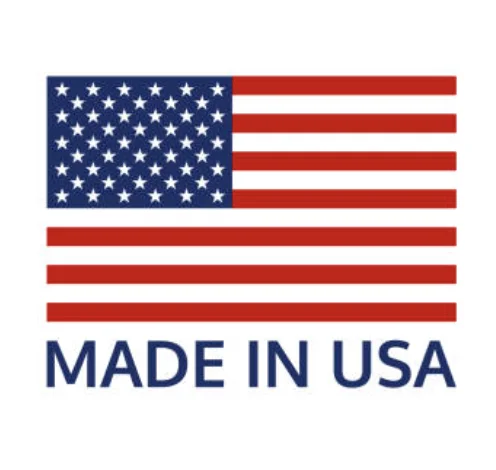-
561-204-5765561-204-5765
-
MADE IN USAMADE IN USA

Menu
Menu
Menu

Clear the Weeds. Keep the Water Safe.
Bottom Line: Herbicides are a short-term fix with long-term risks. If the goal is a healthy, usable lake — for people, pets, and wildlife — Weedoo mechanical solutions are a safer, more sustainable choice.